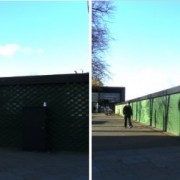Brondesbury eruv requires West Hampstead poles
The Brondesbury Park Synagogue has put in a planning application to erect pairs of high poles connected by nylon fishing wire in West Hamsptead and Kilburn as part of a proposal to demarcate a Brondesbury “eruv”.
An eruv is the name commonly given to an demarcated area within which Orthodox Jews are permitted to do some things on the Shabbat that they otherwise would not be. Most pertinently, and generally at the heart of calls from the community to set up an eruv, it allows people with limited mobility – either due to infirmity/disability or due to having young children – to leave the house. Wheelchairs and buggies are otherwise not allowed to be used, nor can medicine such as insulin be transported and used outside the home.
The poles are largely unobtrusive, though they do inevitably stand out more in some places than others. They are typically 5.5 metres high where they have to span a road, so lorries can still pass under; those that act as pedestrian gateways are typically lower at 3 metres. This proposal has to span the Kilburn High Road near Kilburn High Road station, Mill Lane, Minster Road, West End Lane at the Iverson Road junction as well as various other points in the area. The planning application can be viewed on Camden’s website.
The planning application lets you play a “Spot the difference” game with before and after photos of each site, which shows that
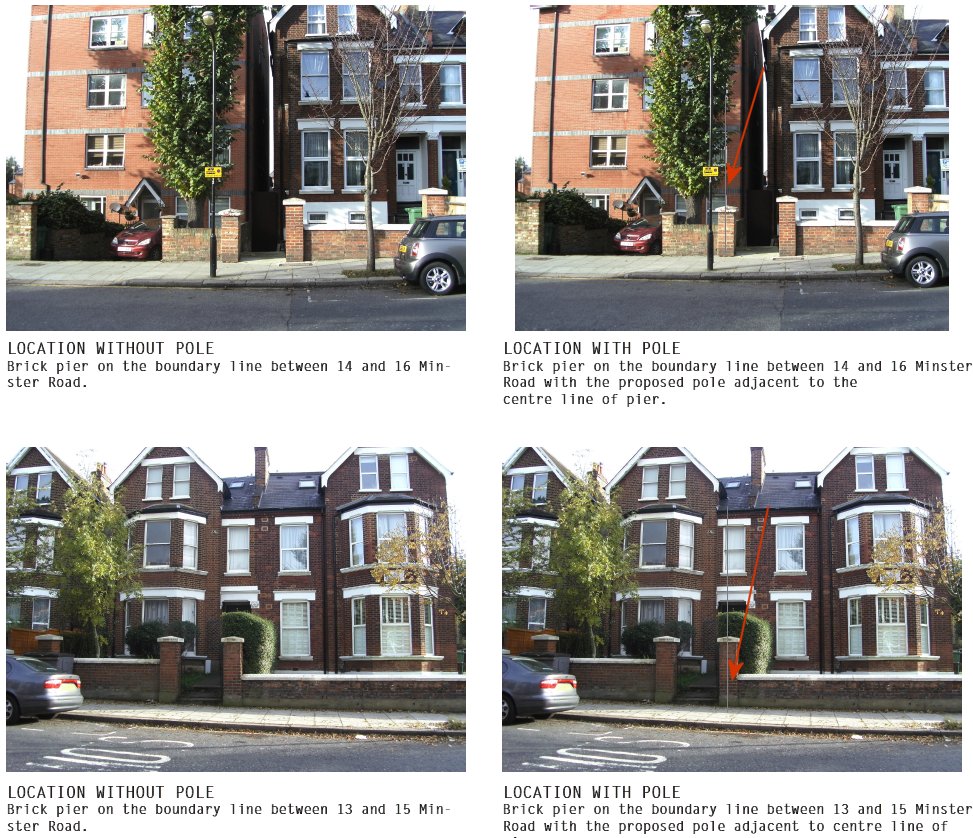
Minster Road (arrows added)
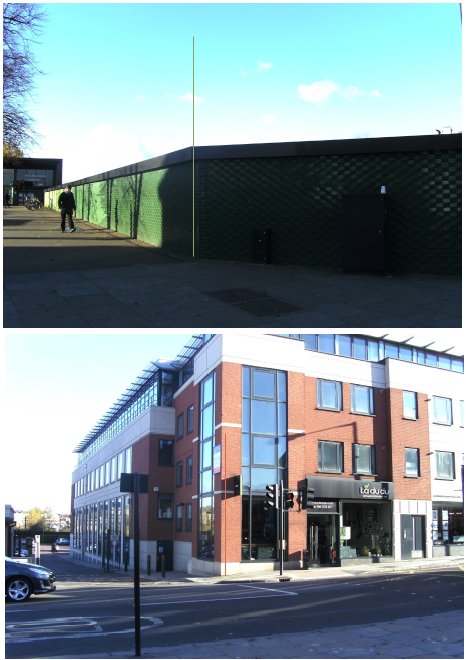
Poles spanning West End Lane (green by the wall, red by the building)
The topic came up a couple of years ago when there was a proposal for a Camden eruv, which would also have included West Hampstead. This Brondesbury eruv was itself mooted as far back as 2010. To non Jews, it can seem an astonishingly arcane concept, and eruvs don’t have universal support even among Jews. One of the things that some people find strange about an eruv is that it has to be physically demarcated. This can be (and largely is) done using existing walls or boundaries but where that is not possible, then tall poles are usually erected with wire strung between them. These are required for fairly complicated reasons relating to the separation of different realms and each set of poles and wires physically represents a doorway.
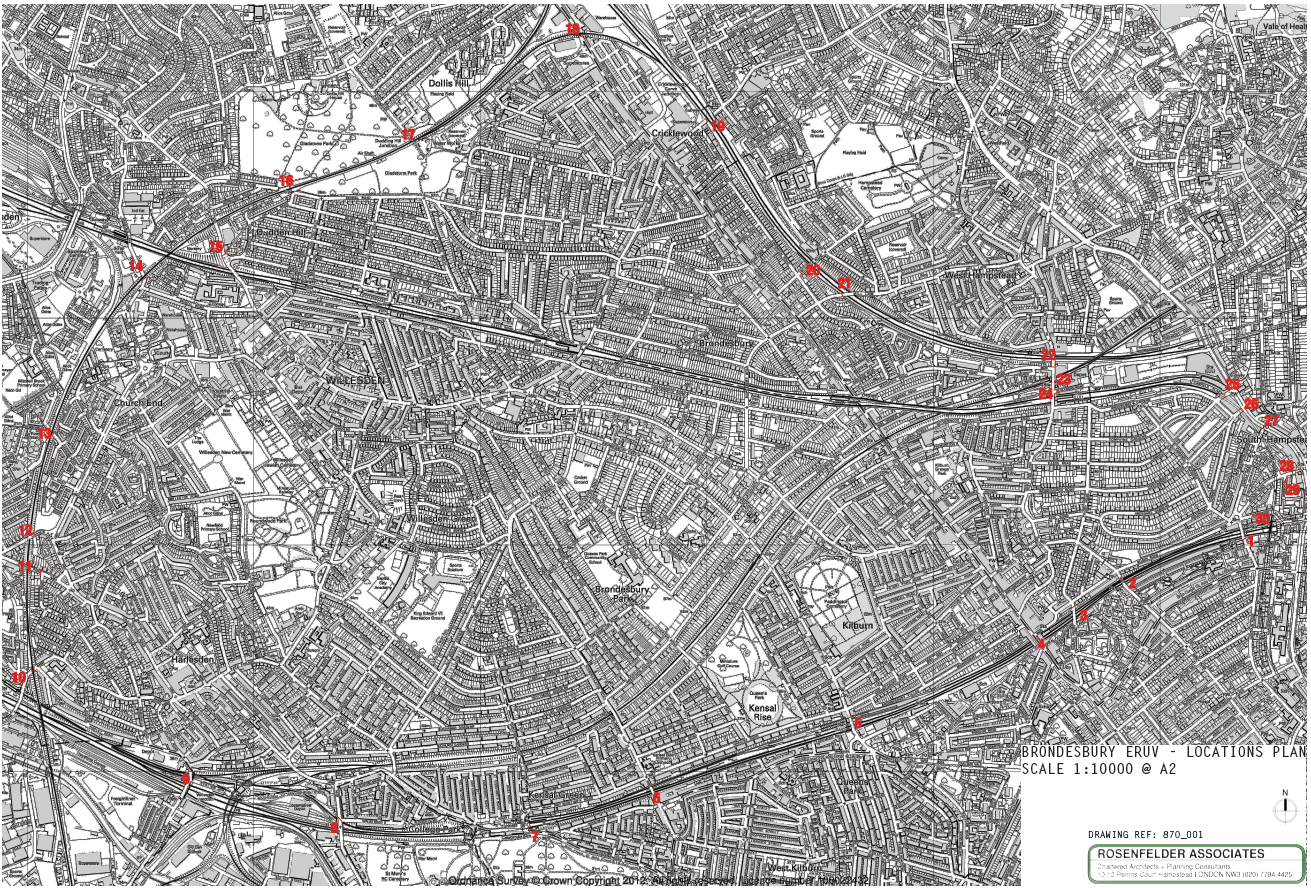
Map of the whole eruv (click for larger version)
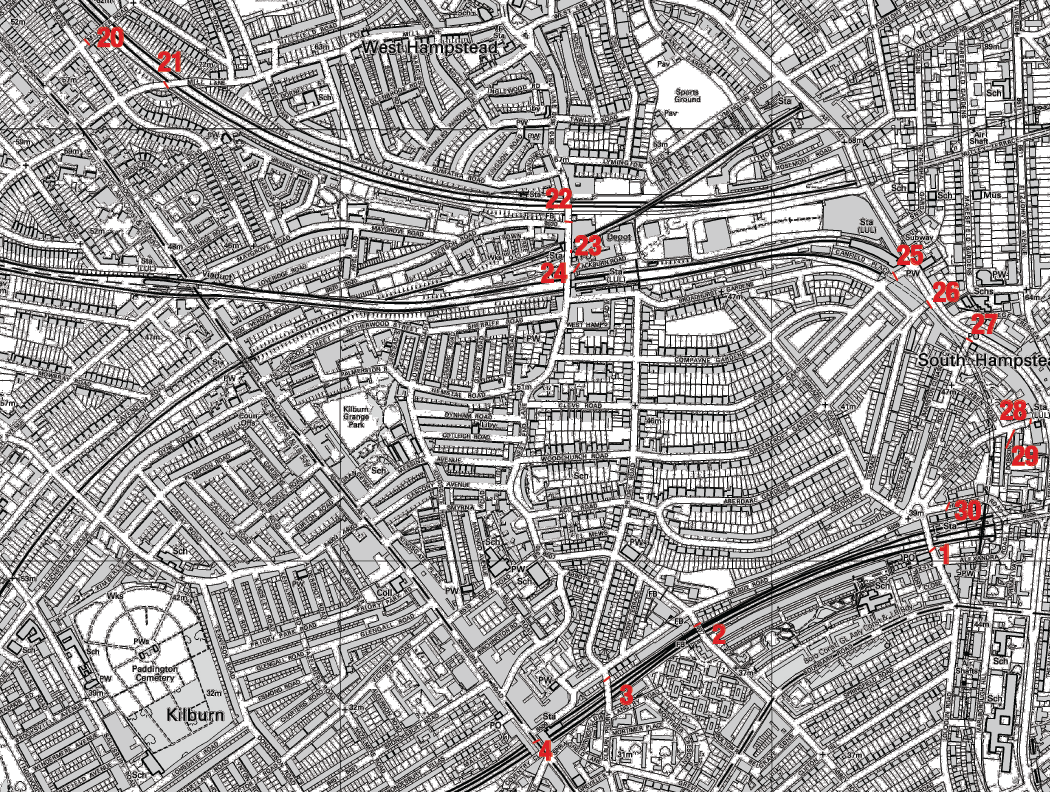
The detail in West Hampstead & Kilburn
It is the construction of these poles and wires that tends to bring the issue to the attention of the wider community as, in the UK at least, this requires the support of the local council. Jewish communities always pay for any work required but, unsurprisingly, non-Jewish residents can find it rather odd to have wire that has absolutely no significance for them strung up in their streets. If you’re not a religious person, then it’s really just street furniture. Eruv supporters will tend to argue that the poles and wires are very unobtrusive.
You can read a lot more about eruvs on Wikipedia, more than you probably want to know – such as that even with an eruv, you can’t open an umbrella on the Shabbat or that there appears to be a long-running debate as to whether the entire island of Manhattan is an eruv. It is precisely those sort of peculiar laws that distance orthodox followers of any religion from the mainstream – whether religous or secular.
Not all Jews automatically support the creation of an eruv. For liberal Jews it’s meaningless as they do not abide by Orthodox laws. Some also argue that it might be time to question the underlying principle. A letter sent to the Camden New Journal by a non-Orthodox Jewish resident of Hampstead suggests campaigning “for these Sabbath laws to be more flexible and take people’s individual needs into account. I would also point out that when these laws were instituted neither insulin nor wheelchairs existed.” Nor are the details of how they are created unanimously agreed on. According to the BBC, “The Union of Orthodox Hebrew Congregations (UOHC) – which includes synagogues in north-west London – has claimed that there are “serious halachic (Jewish law) problems” with the North West London eruv that make it invalid.”
The planning documents are all large files, but we’ve taken the pages that refer to the West Hampstead & Kilburn locations and merged them into one document, which you can view here (or look at below if your browser supports it).
Brondesbury Eruv – the West Hampstead and Kilburn locations by WHampstead
[print-button target=’div.entry-content-wrapper.clearfix.standard-content’]


